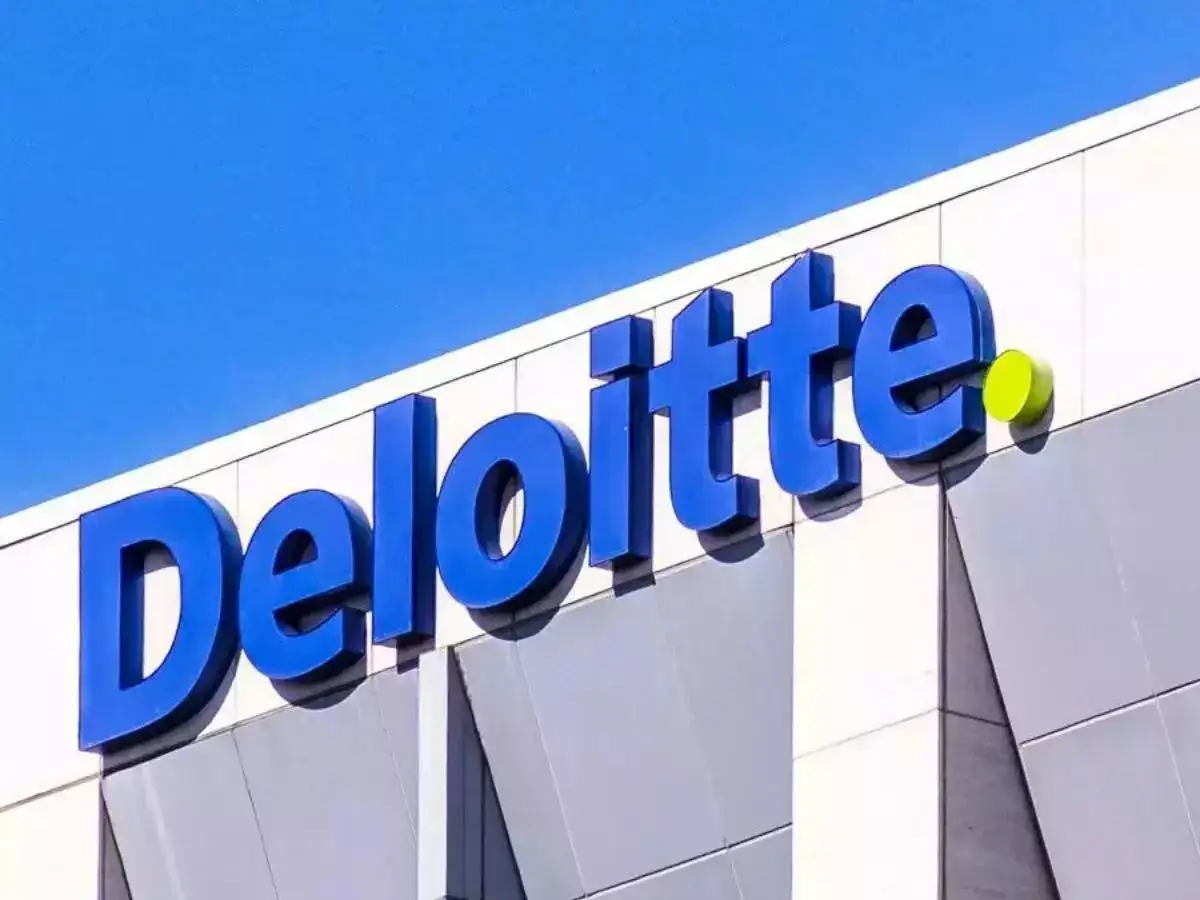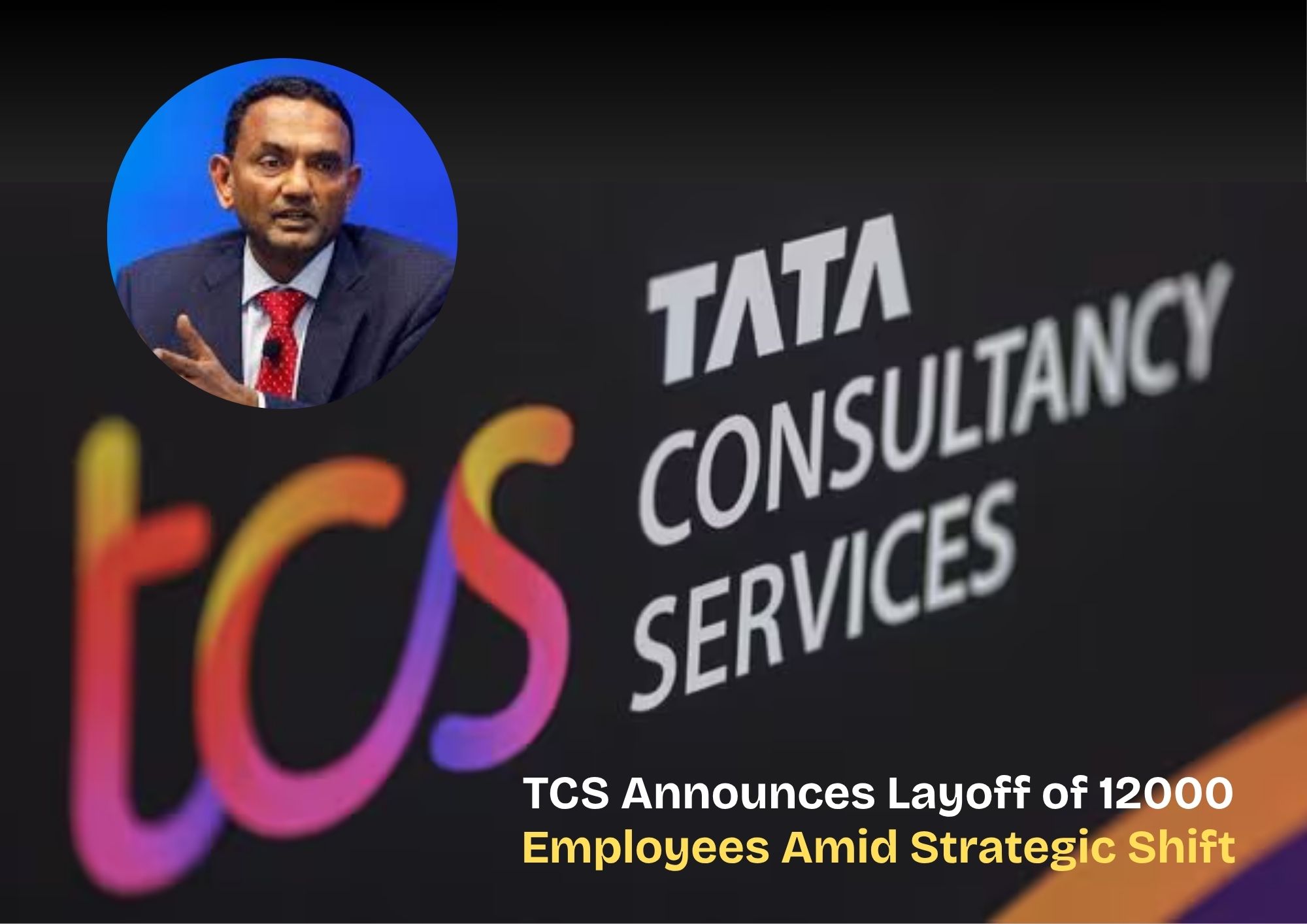New Delhi: Deloitte expects India’s economy to grow at a slightly faster pace in the ongoing financial year, breaking away from other international heavyweights that recently cut their projections for the country.
The global consultancy sees the Indian economy growing at 6.5-6.7% in 2025-26, up from an estimated 6.3-6.5% in 2024-25, driven by strong domestic demand that could offset the impact of global trade uncertainties.
India’s economy treads a careful balance between shifting global trade dynamics and government measures to stimulate domestic demand, Deloitte said on Thursday in its India Economy Outlook for May.
According to Deloitte, India’s economic growth in FY26 will be contingent on two opposing forces—the positive impact of tax incentives aimed at growing consumer spending, and the potential impact of the uncertainty in global trade networks on the Indian economy.
“The interplay of tax stimulus and trade uncertainties could keep growth between 6.5% and 6.7% for the current fiscal year,” it added.
The International Monetary Fund recently cut its FY26 forecast on India’s economic growth to 6.2% from its earlier estimate of 6.5%, and slashed its global trade outlook as the US tariff war raises concerns worldwide. IMF’s revision followed similar cuts by the Asian Development Bank, Moody’s Analytics, and S&P Global.
Moody’s Analytics cut its calendar 2025 growth forecast for India to 6.1%, down by 30 basis points from its March projection, in response to the US tariffs.
On Tuesday, the Union finance ministry said in its Economic Review for March that India’s economy continued to show resilience and stability despite global uncertainties and trade-related disruptions, with key indicators pointing to sustained growth momentum in the final quarter of FY25.
Tariff tensions
Last month, US President Donald Trump imposed a 27% reciprocal tariff on Indian goods, claiming the South Asian country levied an average 52% on US imports. However, his administration soon moved to temporarily ease duties on trading partners, including India.
The US reciprocal tariff on India temporarily stands at 10% while the two nations progress towards stitching a bilateral trade agreement.
“All eyes are on the ongoing negotiations between the two nations”, said Rumki Majumdar, economist, Deloitte India.
“Indian exports to the US tend to be more price-sensitive, while our imports are relatively less elastic. This makes it critical to preserve our export competitiveness,” she added. “Depending on India’s ability to negotiate with the US and come up with a bilateral trade agreement quickly, trade tariffs may potentially shave 0.1% to 0.3% off India’s growth.”
According to Deloitte, India’s economic slowdown in FY25 was primarily due to election-driven uncertainties, unexpected rainfall in the first half of the year, and global trade volatility.
However, the government’s decision to forgo about Rs1 trillion in revenue through income tax cuts could see more money in the hands of the middle-class consumers, driving up consumption.
“The tax exemptions announced during the budget will increase disposable income in the hands of the young population with higher income elasticity… The projected economic expansion and immediate impact on consumption could translate to an impact of around 0.6% to 0.7% of the nation’s GDP in fiscal year 2025 to 2026,” Majumdar said.
“The consumption multiplier (increase in final income driven by new injection of spending) could create economic activity worth between ₹6.7 trillion and ₹7.9 trillion in the medium term, creating a cycle of economic growth,” she said.
Majumdar added that lower inflation, rangebound global oil prices, lower borrowing rates, more liquidity (due to the easier monetary policy), and a more certain global environment would help boost sentiment.












